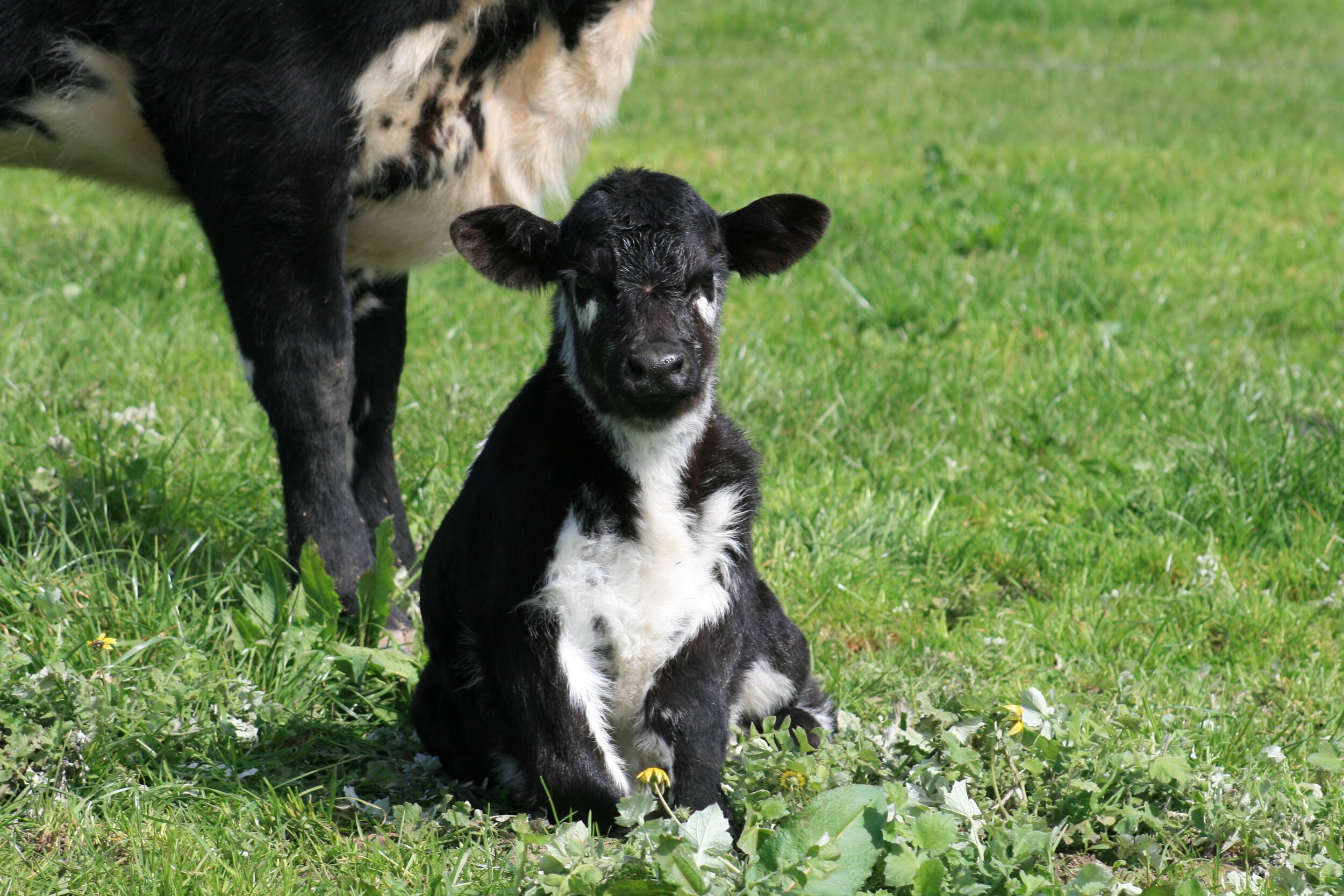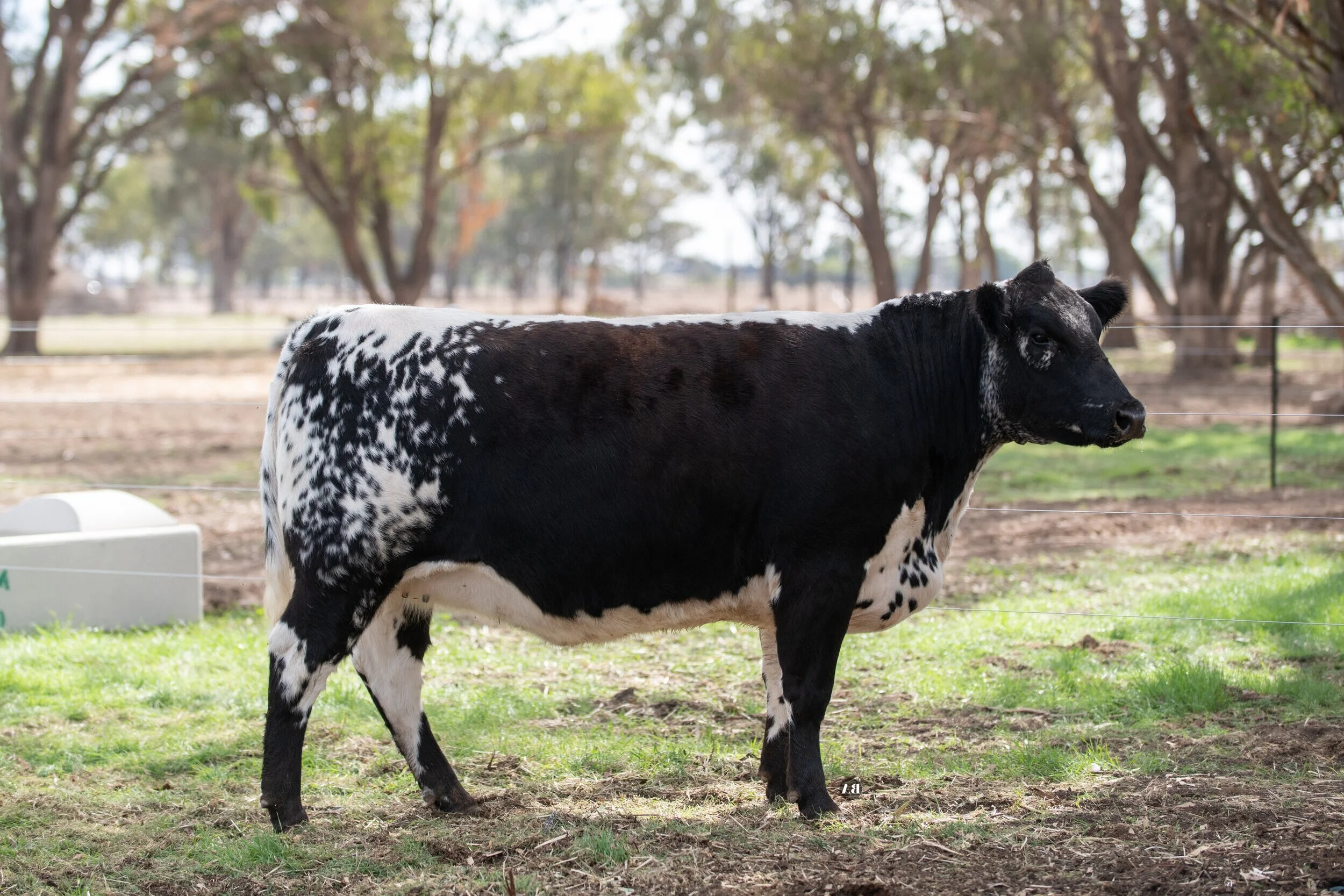Reference Sires
Please click on each SIRE/BULL to view more information.
Selection of Sires
Since half of the genes come from the male, it is extremely important to use genetically superior bulls. In fact, selecting the male is usually more important than selecting the donor female because males will normally be bred to many females and can be selected more accurately than females. Likewise, it is also necessary to select fertile bulls and fertile semen. At Baw Baw Speckle Park we pride ourselves in confidence in our programs we offer.

Baw Baw Speckle Park
Embryo Transfer Program
Most female breeding cattle produce one calf per year. Embryo transfer requires two components: 1) generating and obtaining (flushing) the embryos from the donor female, and 2) transferring each embryo into a different female (recipient), which gestates and gives birth to that fetus. Baw Baw Speckle Park have been specialising in Embryo Transfer since 2018. We have also been running our recipient herd donors of around 100 head and understand what is required to achieve good quality outcomes at Baw Baw Speckle Park. Throughout the process of ET and our donor recipient herd we have gained a lot of knowledge. In our ET program we on average will transfer 40 fresh embryos into our recipient donors and any remaining eggs are frozen. With this knowledge we hope to provide the best advice and outcome possible with our breeding program.
How it works
Embryo transfer (ET) is used in livestock to maximise the genetic potential of elite females in a herd. When females are naturally mated or even artificially inseminated, they are limited to the amount of offspring they can have in a lifetime. With ET, the amount of offspring that can be born from elite females and sires is maximised.
Embryo transfer is a way of producing as many as 300 premium calves from one mother.
The process works by using hormones to "super-ovulate" a cow, which is then artificially inseminated. Embryo transfer focuses on maximising the genetic potential of high performing females in our herd. ET enables our cows to have many more calves in her lifetime than what is possible via natural mating.
Embryo transfer is also a perfect way to introduce new or unique genetics into your herd.
Donor cows are inseminated with the sire of choice. Approximately 7 days (time varies) after the donor cow ovulates, the veterinarian will flush the embryos from the donor cows and transfer them to recipient cows. If recipient cows are not available, embryos may be stored in liquid nitrogen until they are available.
Embryos may also be frozen and shipped in liquid nitrogen this is cheaper than physically transporting live animals, especially if coming from overseas. Frozen embryos can be purchased and transferred from farm to farm and even around the world and transferred into recipients yielding acceptable pregnancy rates that are sometimes comparable to fresh transferred embryos.
Colours
There are four distant colour patterns for the Speckle Park. Speckle, Leopard, White and solid Black. Black Speckle Parks are registerable but can not be shown.
How can I be sure I am buying pure, registered Speckle Park cattle?
By viewing the Speckle Park animal register at specklepark.org to ensure the animals you are purchasing are listed. You can check details such as pedigree, birth date, and some genetic details including red gene, myostatin and horned/polled status.
Can I breed pure Speckle Park by grading up to a Speckle Park through cross breeding?
No. Speckle Park has a closed stud book. This means you can inly breed registerable Speckle Park cattle from cattle that are already registered. You can not breed up to a registerable animal by increasing the purity over generations.












